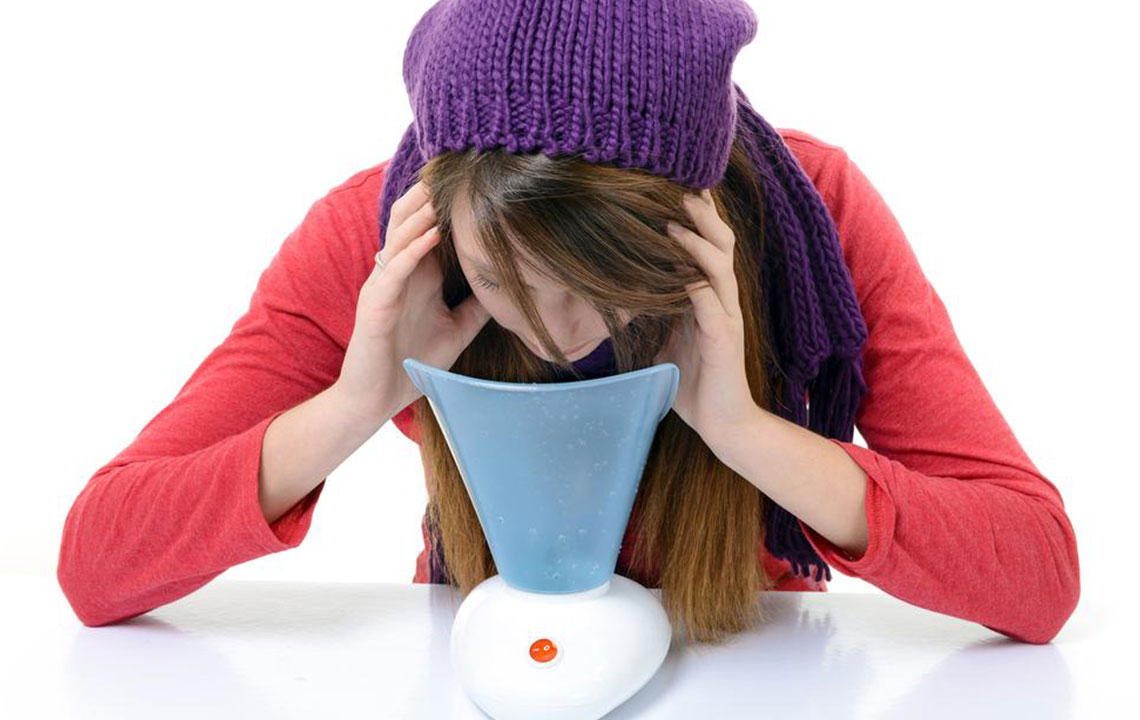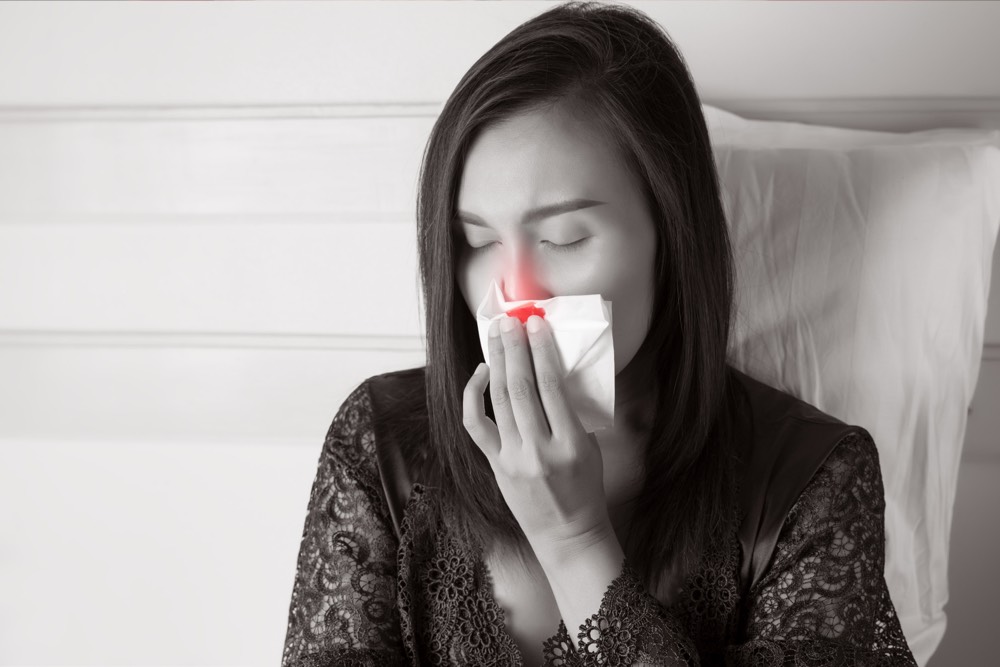Understanding Sinus Pain: Causes, Symptoms, and Treatment Strategies
Sinus pain can be intense and often mimics migraines, caused by infections, allergies, or structural issues. Recognizing symptoms like facial pressure, nasal congestion, and reduced smell can aid in early diagnosis. Treatments include medications such as antihistamines and decongestants, along with home remedies like steam inhalation and nasal irrigation to ease symptoms. Accurate diagnosis through imaging helps determine appropriate therapy. Managing sinus-related discomfort effectively improves quality of life and prevents complications.

Understanding Sinus Pain: Causes, Symptoms, and Treatment Strategies
Sinus headaches are intense, recurrent pains often felt on either side of the head. The sinuses are hollow cavities within the facial bones, which can become infected, leading to sinusitis. This infection causes discomfort around the eyes, nose bridge, and cheeks. Sometimes, sinus pain can resemble migraines, especially when accompanied by nasal symptoms. Recognizing the key symptoms and causes can help in effective management.
Symptoms
When the sinuses are infected, mucus and fluid buildup block the passages, resulting in pain. The maxillary and frontal sinuses are frequently affected.
Patients may experience pain near the sinuses, such as the forehead, cheeks, or behind the ears. The pain often intensifies when bending forward and eases when lying down. nasal congestion and a blocked nose are common, with discharges that can be clear or colored. Reduced sense of smell, mild fever, nausea, dizziness, and sensitivity to light or sound are also typical symptoms. Severe cases may cause discomfort in the upper jaw and external areas affected by sinus pressure.
The primary causes include allergies like pollen or dust, bacterial infections such as Streptococcus pneumonia, structural issues like a deviated septum, or viral/fungal infections. Cold viruses causing common colds can also trigger sinus headaches.
Diagnosis often involves X-rays to identify fluid buildup or structural abnormalities, with CT scans providing detailed soft tissue imaging. Endoscopy can assist in confirming sinus issues.
Treatment options vary depending on the cause. Antihistamines help manage allergy-related sinusitis, while decongestants reduce nasal swelling and promote drainage. For severe pain and chronic inflammation, doctors might suggest more advanced therapies.
While there isn't a permanent cure for sinus migraines, several remedies can help alleviate symptoms. Applying cold packs can reduce inflammation and muscle tension, whereas hot packs may assist in loosening mucus. Staying in dark, quiet environments can minimize discomfort. Steam inhalation with eucalyptus oil often clears congestion, and nasal irrigation tools like Neti pots help remove mucus build-up.
Note: The information provided aims to help understand sinus pain but should not replace professional medical advice. Consult a healthcare provider for accurate diagnosis and personalized treatment.










